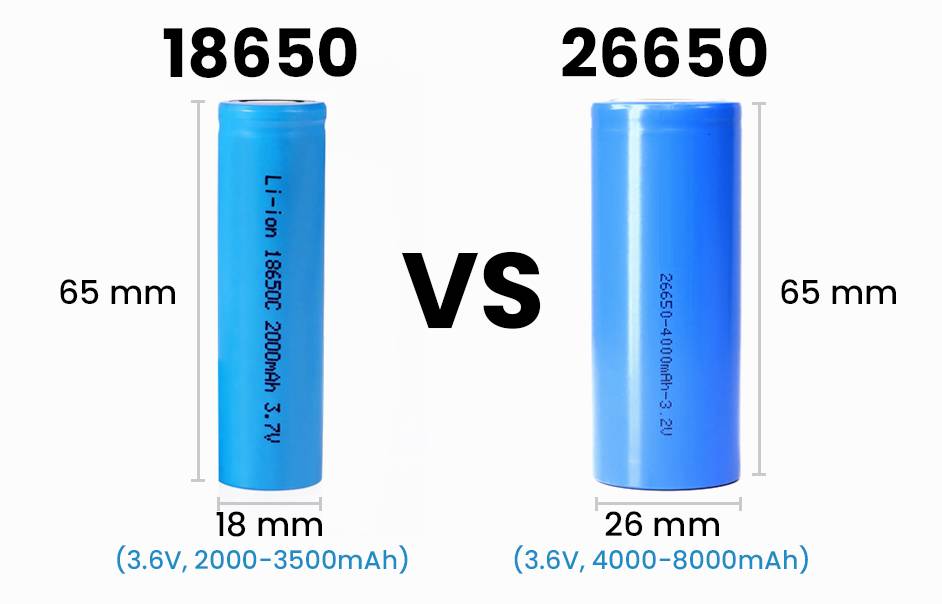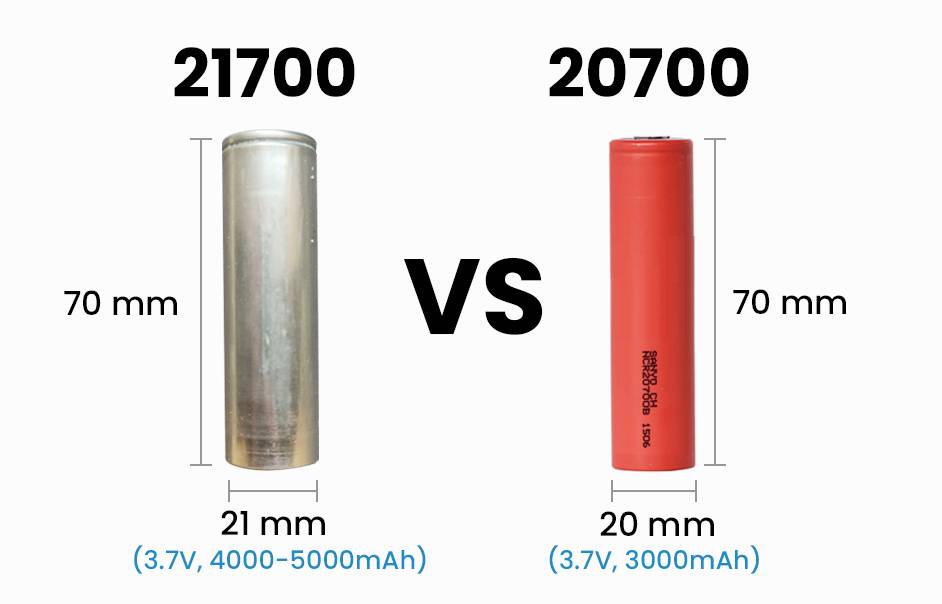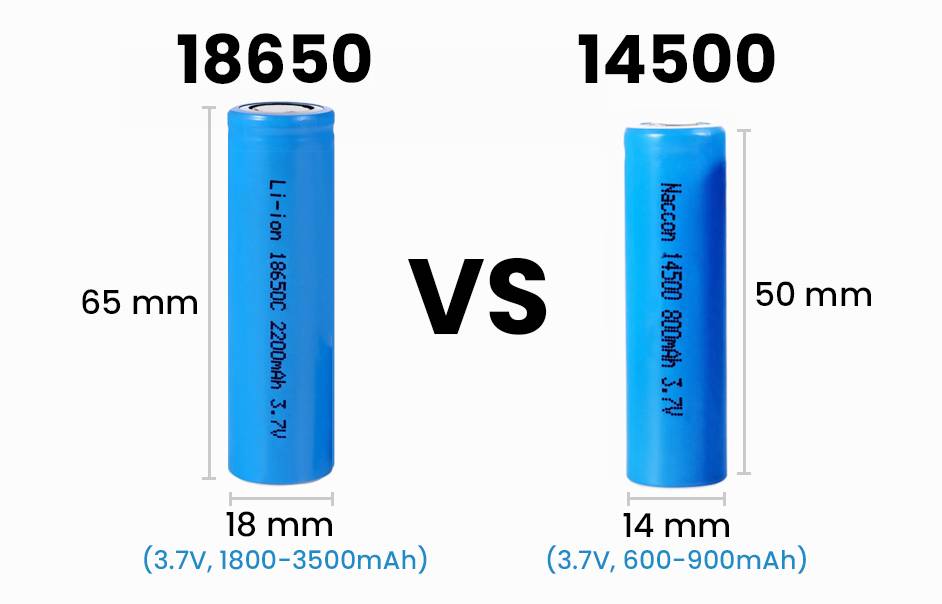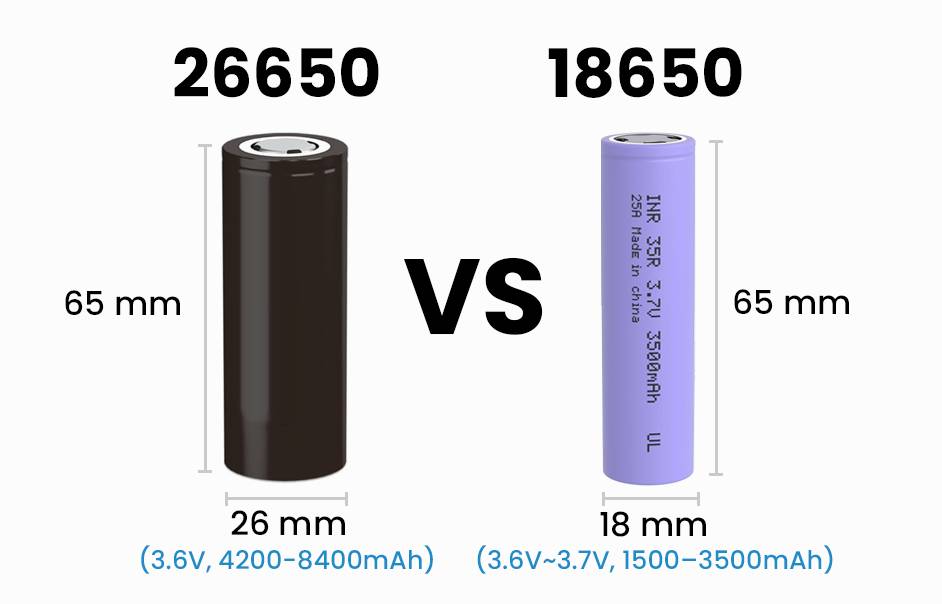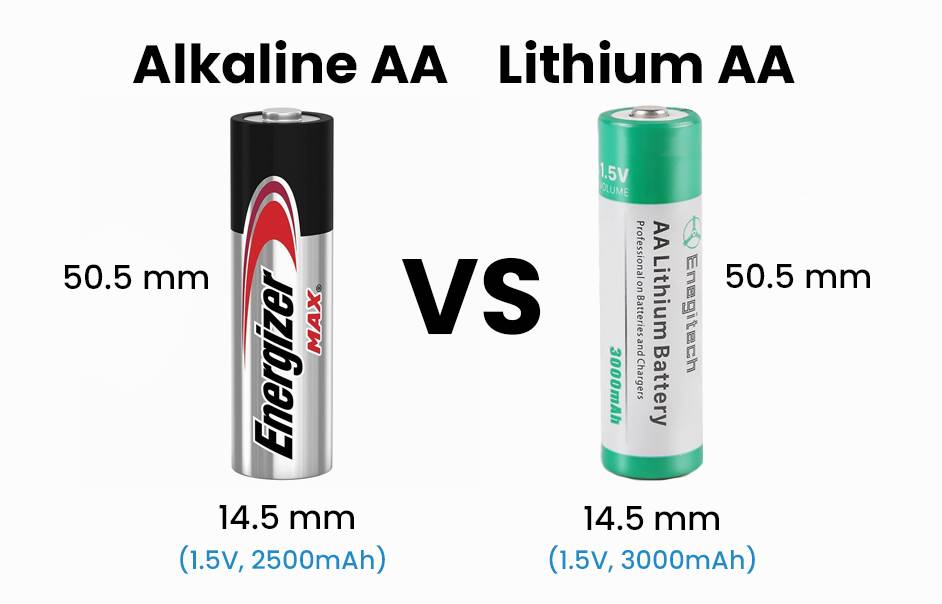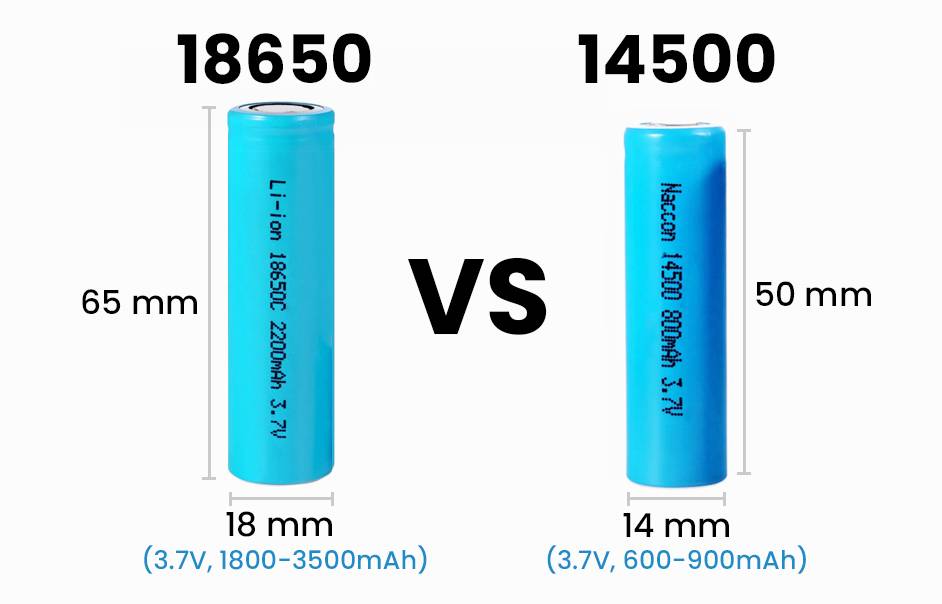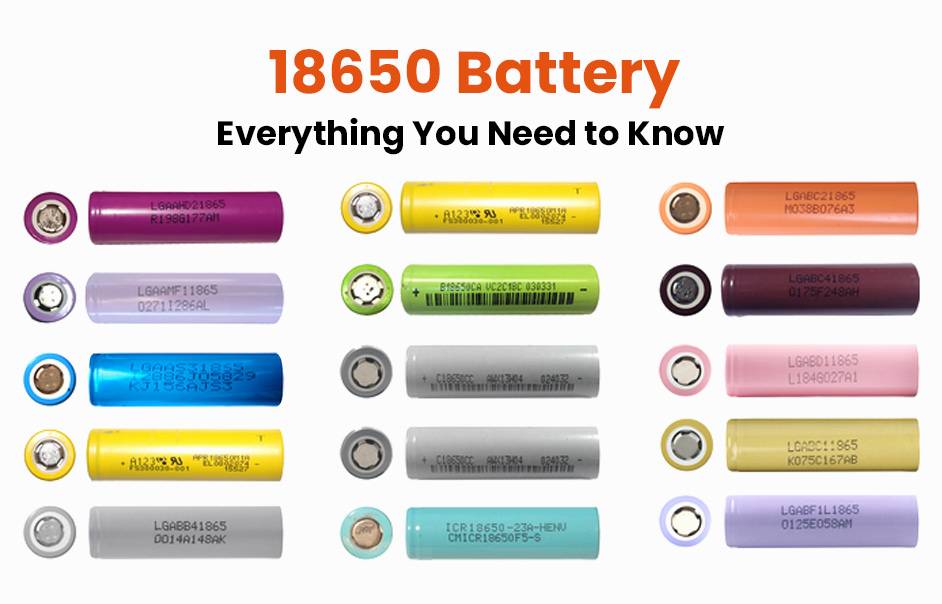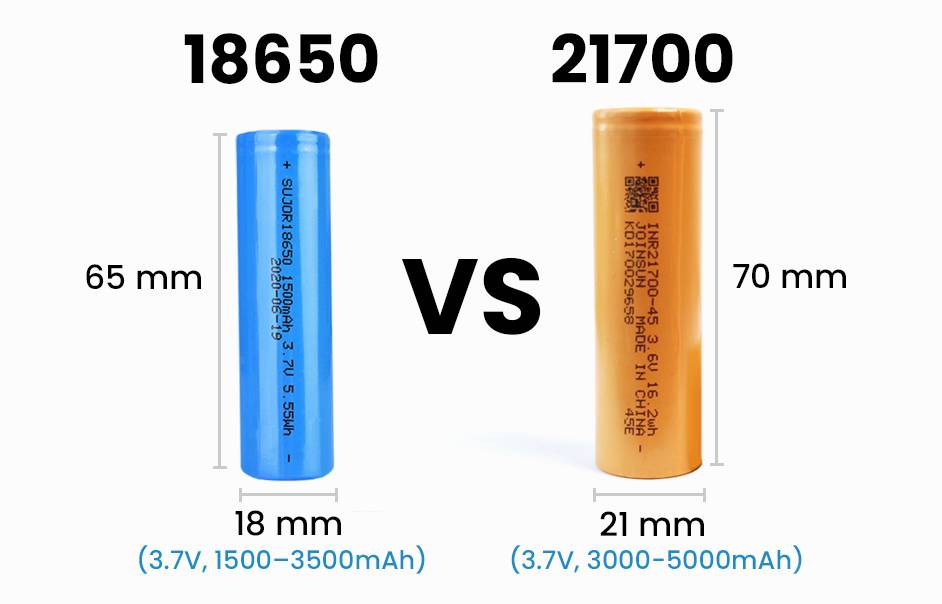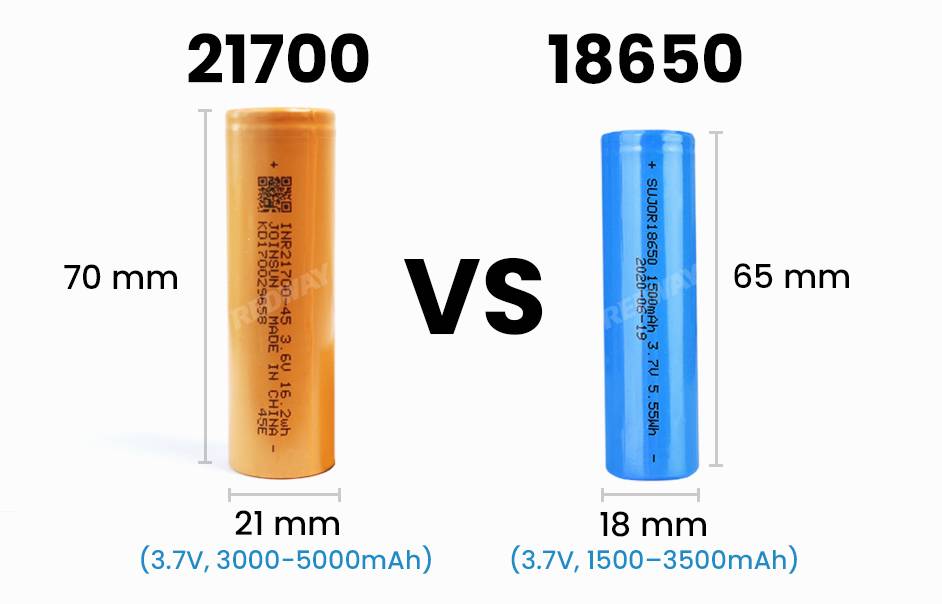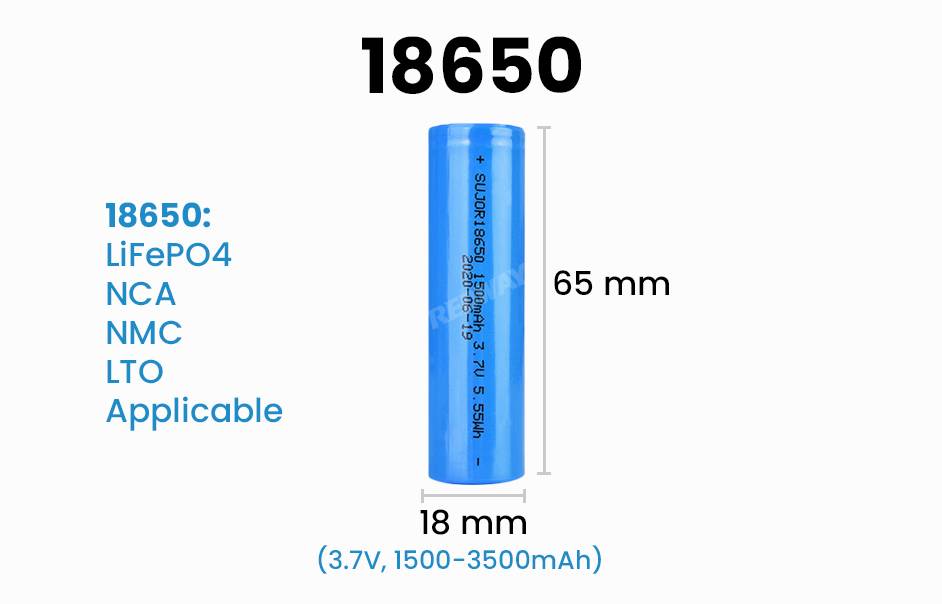- Forklift Lithium Battery
-
48V
- 48V 210Ah
- 48V 300Ah
- 48V 420Ah (949 x 349 x 569 mm)
- 48V 420Ah (950 x 421 x 450 mm)
- 48V 456Ah
- 48V 460Ah (830 x 630 x 590 mm)
- 48V 460Ah (950 x 421 x 450 mm)
- 48V 460Ah (800 x 630 x 600 mm)
- 48V 460Ah (820 x 660 x 470 mm)
- 48V 500Ah
- 48V 560Ah (810 x 630 x 600 mm)
- 48V 560Ah (950 x 592 x 450 mm)
- 48V 600Ah
- 48V 630Ah
-
48V
- Lithium Golf Cart Battery
- 12V Lithium Battery
12V 150Ah Lithium RV Battery
Bluetooth App | BCI Group 31
LiFePO4 Lithium
Discharge Temperature -20°C ~ 65°C
Fast Charger 14.6V 50A
Solar MPPT Charging - 24V Lithium Battery
- 36V Lithium Battery
- 48V Lithium Battery
-
48V LiFePO4 Battery
- 48V 50Ah
- 48V 50Ah (for Golf Carts)
- 48V 60Ah (8D)
- 48V 100Ah (8D)
- 48V 100Ah
- 48V 100Ah (Discharge 100A for Golf Carts)
- 48V 100Ah (Discharge 150A for Golf Carts)
- 48V 100Ah (Discharge 200A for Golf Carts)
- 48V 150Ah (for Golf Carts)
- 48V 160Ah (Discharge 100A for Golf Carts)
- 48V 160Ah (Discharge 160A for Golf Carts)
-
48V LiFePO4 Battery
- 60V Lithium Battery
-
60V LiFePO4 Battery
- 60V 20Ah
- 60V 30Ah
- 60V 50Ah
- 60V 50Ah (Small Size / Side Terminal)
- 60V 100Ah (for Electric Motocycle, Electric Scooter, LSV, AGV)
- 60V 100Ah (for Forklift, AGV, Electric Scooter, Sweeper)
- 60V 150Ah (E-Motocycle / E-Scooter / E-Tricycle / Tour LSV)
- 60V 200Ah (for Forklift, AGV, Electric Scooter, Sweeper)
-
60V LiFePO4 Battery
- 72V~96V Lithium Battery
- Rack-mounted Lithium Battery
- E-Bike Battery
- All-in-One Home-ESS
- Wall-mount Battery ESS
-
Home-ESS Lithium Battery PowerWall
- 24V 100Ah 2.4kWh PW24100-S PowerWall
- 48V 50Ah 2.4kWh PW4850-S PowerWall
- 48V 50Ah 2.56kWh PW5150-S PowerWall
- 48V 100Ah 5.12kWh PW51100-F PowerWall (IP65)
- 48V 100Ah 5.12kWh PW51100-S PowerWall
- 48V 100Ah 5.12kWh PW51100-H PowerWall
- 48V 200Ah 10kWh PW51200-H PowerWall
- 48V 300Ah 15kWh PW51300-H PowerWall
PowerWall 51.2V 100Ah LiFePO4 Lithium Battery
Highly popular in Asia and Eastern Europe.
CE Certification | Home-ESS -
Home-ESS Lithium Battery PowerWall
- Portable Power Stations
18650 vs 21700 vs 32650, What Is the Best Battery Technology?
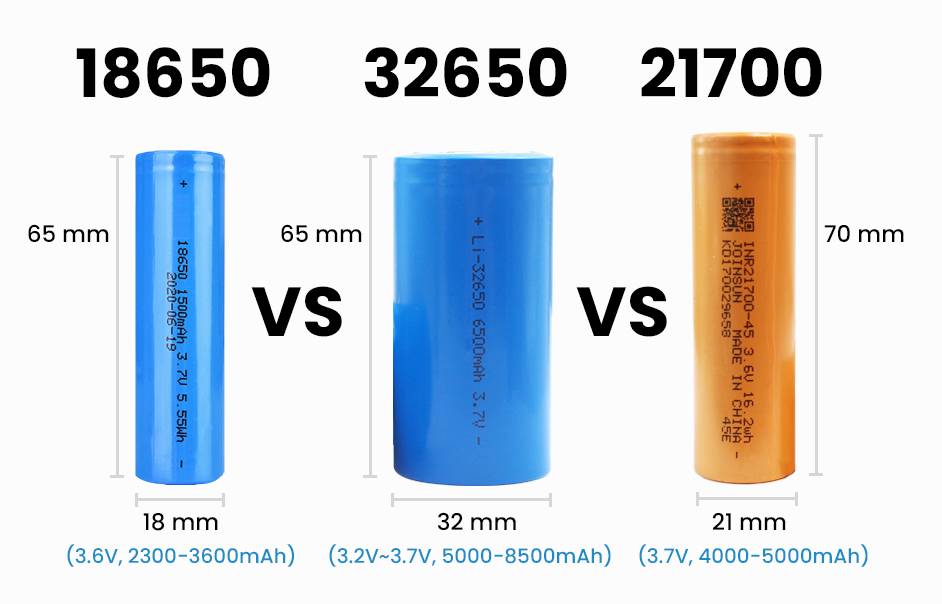
The choice between 18650, 21700, and 32650 lithium batteries depends on your specific needs regarding capacity, size, and application. Each battery type has unique specifications that make it suitable for different uses, from consumer electronics to electric vehicles.
What Are the Specifications of 18650, 21700, and 32650 Batteries?
The 18650 battery measures 18mm in diameter and 65mm in length, typically offering capacities between 1800mAh to 3500mAh. The 21700 battery is 21mm by 70mm with capacities ranging from 3000mAh to over 5000mAh. The 32650 battery measures 32mm by 65mm, providing higher capacities, often exceeding 6000mAh, suitable for high-drain applications.
Each battery type has distinct dimensions and specifications:
- 18650 Battery:
- Size: 18mm diameter x 65mm height
- Nominal Voltage: Typically around 3.7V
- Capacity: Ranges from 1200mAh to 3500mAh
- 21700 Battery:
- Size: 21mm diameter x 70mm height
- Nominal Voltage: Generally 3.7V
- Capacity: Typically between 3000mAh to over 5000mAh
- 32650 Battery:
- Size: 32mm diameter x 65mm height
- Nominal Voltage: Usually 3.2V to 3.7V
- Capacity: Ranges from 5000mAh to over 12000mAh
Chart: Specifications Comparison
| Battery Type | Dimensions (mm) | Nominal Voltage (V) | Capacity (mAh) |
|---|---|---|---|
| 18650 | 18 x 65 | ~3.7 | 1200 – 3500 |
| 21700 | 21 x 70 | ~3.7 | 3000 – >5000 |
| 32650 | 32 x 65 | ~3.2 to ~3.7 | 5000 – >12000 |
How Do the Capacities of 18650, 21700, and 32650 Batteries Compare?
The capacities of these batteries vary significantly: the 18650 typically ranges from 1800mAh to 3500mAh, while the 21700 offers between 3000mAh and over 5000mAh. The larger 32650 battery can exceed 6000mAh. This means that larger batteries can provide longer runtimes and are better suited for high-drain devices.
When comparing capacities:
- The 18650 battery is suitable for compact devices where space is limited but offers lower capacity than larger models.
- The 21700 battery provides a significant increase in capacity over the 18650, making it ideal for applications requiring more power without a substantial size increase.
- The 32650 battery, being larger, offers the highest capacity among the three, making it perfect for high-drain applications like electric vehicles or large energy storage systems.
Chart: Capacity Comparison
| Battery Type | Typical Capacity Range (mAh) |
|---|---|
| 18650 | 1200 – 3500 |
| 21700 | 3000 – >5000 |
| 32650 | 5000 – >12000 |
What Are the Advantages and Disadvantages of Each Battery Type?
The 18650 battery is compact and widely available but has lower capacity. The 21700 battery offers higher capacity and better thermal performance but is larger. The 32650 battery provides the highest capacity and power output but is bulkier and heavier, making it less suitable for portable applications.
Each battery type has its strengths and weaknesses:
- 18650 Batteries:
- Advantages: Compact size, widely available.
- Disadvantages: Lower capacity compared to newer models.
- 21700 Batteries:
- Advantages: Higher capacity than the 18650, better energy density.
- Disadvantages: Slightly larger size may not fit all devices.
- 32650 Batteries:
- Advantages: Highest capacity; ideal for high-drain applications.
- Disadvantages: Bulkier and heavier; not suitable for compact devices.
Chart: Advantages and Disadvantages
| Battery Type | Advantages | Disadvantages |
|---|---|---|
| 18650 | Compact size, widely used | Lower capacity compared to larger models |
| 21700 | Higher capacity, better energy density | Slightly larger size |
| 32650 | Highest capacity, ideal for heavy-duty use | Bulkier; not suitable for small devices |
Which Applications Are Best Suited for Each Battery Model?
The 18650 battery is ideal for portable electronics like laptops and flashlights. The 21700 battery is commonly used in electric vehicles and high-performance flashlights due to its higher capacity. The 32650 battery is best suited for applications requiring significant power, such as electric bikes and energy storage systems.
The application suitability varies by battery type:
- 18650 Batteries: Commonly used in laptops, flashlights, e-cigarettes, and smaller power tools.
- 21700 Batteries: Increasingly popular in electric vehicles (EVs), high-performance flashlights, and power tools requiring more energy.
- 32650 Batteries: Typically used in electric scooters, solar energy storage systems, and other applications requiring high-capacity batteries.
Chart: Application Suitability
| Battery Type | Common Applications |
|---|---|
| 18650 | Laptops, flashlights, e-cigarettes |
| 21700 | Electric vehicles, power tools |
| 32650 | Electric scooters, solar storage systems |
How Can You Choose the Right Battery for Your Device?
To choose the right battery, consider your device’s voltage requirements, capacity needs (mAh), size compatibility, and discharge rate. Review the manufacturer’s specifications or user manual to ensure you select a battery that meets your device’s operational demands without compromising performance or safety.
To select the right battery:
- Assess Power Requirements: Determine how much energy your device needs based on usage patterns.
- Consider Size Constraints: Ensure that the chosen battery fits within your device’s design specifications.
- Evaluate Performance Needs: Choose a battery type that meets your performance expectations regarding discharge rates and cycle life.
Chart: Choosing the Right Battery
| Consideration | Recommendation |
|---|---|
| Power Requirements | Match battery capacity to device needs |
| Size Constraints | Ensure proper fit within device |
| Performance Needs | Select based on expected discharge rates |
Tips for Battery Wholesale Buyers: How to Choose a Reliable Manufacturer?
When choosing a manufacturer as a wholesale buyer, evaluate their reputation through reviews and industry certifications. Check their product quality standards, warranty offerings, and customer service responsiveness. Additionally, assess their production capabilities and ensure they can meet your volume requirements consistently.
Here are some tips:
- Research Manufacturer Reputation: Look for established companies like Redway Power, known for quality and reliability.
- Evaluate Product Range: Ensure they offer various battery types suitable for your needs.
- Check Certifications: Confirm compliance with industry standards.
For OEM orders from a reputable manufacturer like Redway Power, which has over 13 years of experience in lithium battery manufacturing, ensure clear communication regarding specifications and delivery timelines. This approach helps secure high-quality products that serve as excellent alternatives to lead-acid batteries.
Redway Power Expert Views
“Choosing the right lithium battery technology is essential for maximizing performance in your applications. Understanding the differences between these cell types will help you make informed decisions that enhance efficiency and reliability,” states an expert from Redway Power.
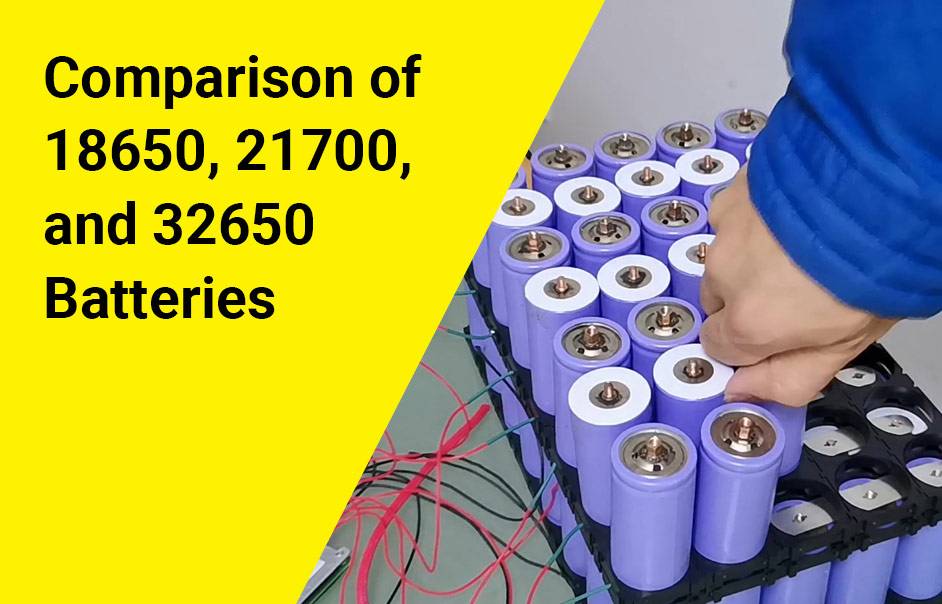
FAQs
How Do 26650 & 21700 Batteries Compare?
Which is More Popular: 26650 or 21700?
Are 21700 & 26650 Batteries Interchangeable?
What Are the Pros and Cons of 21700 Batteries?
What Are the Pros and Cons of 26650 Batteries?
What’s the Difference Between 26650 and 21700 Batteries?
More FAQs
Which is better 32650 cell or 18650?
The suitability of a 32650 cell or an 18650 cell depends on the specific application and requirements. Generally, 32650 cells offer larger capacity and higher current handling capabilities compared to 18650 cells, making them suitable for high-power applications where energy density is less critical.
What is a 32650 battery used for?
32650 batteries are commonly used in applications that require high capacity and high current output, such as electric vehicles, energy storage systems, power tools, and solar energy storage.
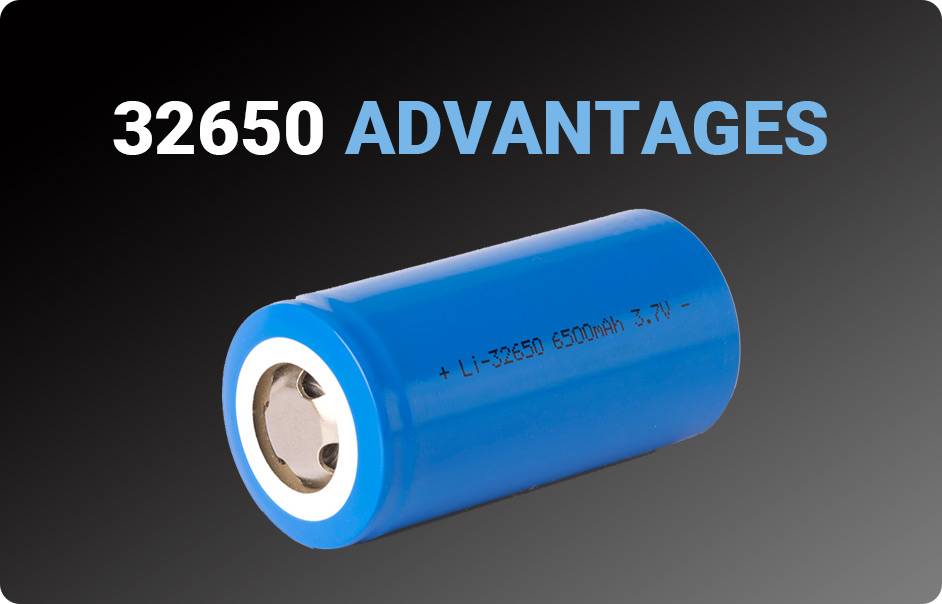
What is the difference between 18650 and 21700 lithium batteries?
The main difference between 18650 and 21700 lithium batteries is their size and capacity. 21700 batteries have a larger diameter and capacity compared to 18650 batteries, allowing for higher energy density and potentially better performance in certain applications.
What is the difference between 18650 and 21700 vs 46800?
The difference between 18650, 21700, and 46800 lithium batteries lies primarily in their size, capacity, and performance characteristics. 18650 batteries are smaller and have lower capacity compared to 21700 and 46800 batteries. 21700 batteries have a larger diameter and capacity than 18650 batteries, while 46800 batteries are even larger and typically offer higher capacity and power output.
What are the disadvantages of 18650 batteries?
Some disadvantages of 18650 batteries include lower capacity and energy density compared to larger battery formats like 21700 or 46800, as well as limitations in current handling capabilities for high-power applications.
Is 21700 better than 18650?
In many cases, 21700 batteries offer advantages over 18650 batteries, including higher capacity, higher current handling capabilities, and potentially better energy density. However, the suitability of each battery type depends on the specific requirements of the application.
Why are 21700 cheaper than 18650?
The relative pricing of 21700 and 18650 batteries can vary depending on factors such as manufacturing volumes, production efficiencies, and market demand. In some cases, higher demand or economies of scale for 21700 batteries may lead to lower production costs and subsequently lower prices compared to 18650 batteries.
Can I replace 18650 with 21700?
In many cases, it’s possible to replace 18650 batteries with 21700 batteries, especially if the device or application can accommodate the larger size of 21700 cells. However, it’s essential to consider factors such as voltage, capacity, and compatibility with charging and protection circuits when making the switch.
What are the advantages of 21700 battery?
Some advantages of 21700 batteries include higher capacity, higher current handling capabilities, potentially better energy density, and improved performance compared to smaller battery formats like 18650.
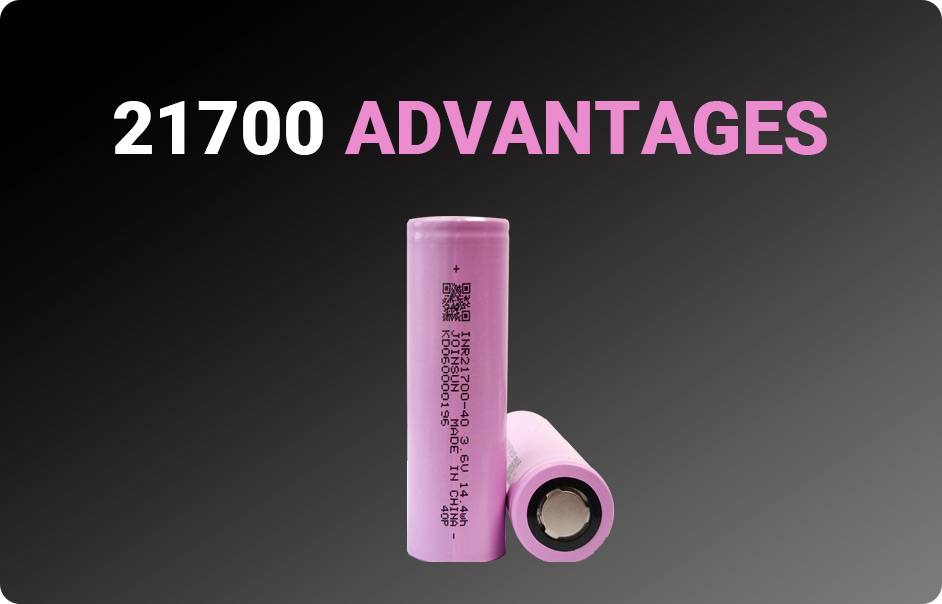
Does Tesla use 21700 batteries?
Yes, Tesla uses 21700 lithium-ion batteries in some of its vehicles, including the Model 3 and Model Y. These batteries, produced in collaboration with Panasonic at Tesla’s Gigafactory, offer higher energy density and improved performance compared to previous battery formats.
Which is better 21700 or 4680 battery?
The choice between 21700 and 46800 batteries depends on factors such as specific energy and power requirements, compatibility with existing systems, and manufacturing considerations. 46800 batteries offer larger size and potentially higher capacity and power output compared to 21700 batteries, but they may not be suitable for all applications due to size constraints.
What is the most powerful 21700 battery?
The most powerful 21700 batteries are those that offer the highest capacity and power output while maintaining safety and reliability. Specific models and brands may vary, but some notable high-performance 21700 batteries include those produced by companies like Samsung, LG Chem, and Panasonic.
How can I stay updated on new tools and resources for DIY battery projects?
To stay updated on new tools and resources for DIY battery projects, follow industry blogs, subscribe to newsletters from battery technology websites, join online forums and communities like DIY Electric Car or Battery University, and check out platforms like Reddit or YouTube for tutorials and reviews.
What are the two main types of Battery Management Systems (BMS)?
The two main types of Battery Management Systems (BMS) are centralized and distributed. Centralized BMS manages all battery cells from a single control unit, while distributed BMS handles monitoring and balancing through individual modules for each cell or group of cells.
How can you reduce 48 volts to 24 volts efficiently?
To reduce 48 volts to 24 volts efficiently, use a DC-DC converter specifically designed for this voltage conversion. These converters can step down the voltage while maintaining high efficiency and stability.
What are some factors that shorten the lifespan of lithium batteries?
Factors that shorten the lifespan of lithium batteries include overcharging, deep discharging, high temperatures, extreme cold, excessive cycling, and physical damage. Proper charging practices and temperature management can help extend battery life.
How can I get a discount on my next order from Battery Hookup?
To get a discount on your next order from Battery Hookup, sign up for their newsletter for exclusive promotions and discount codes. Check their website for any ongoing sales or clearance events and consider following them on social media for updates on special offers.
How does a 21700 battery work?
A 21700 battery is a cylindrical lithium-ion rechargeable cell with a nominal voltage of 3.7V. It works by allowing lithium ions to move between the anode and cathode during charging and discharging cycles. This movement generates electrical energy, making it suitable for high-drain applications like electric vehicles and power tools.
What are the key features of a 21700 battery?
Key features of a 21700 battery include a diameter of 21mm and a length of 70mm, with capacities ranging from 3000mAh to over 5000mAh. They offer high energy density, efficient thermal performance, and can deliver higher discharge rates compared to smaller batteries, making them ideal for demanding applications.
Why is the size of a battery important?
The size of a battery is crucial because it directly affects its capacity and energy density. Larger batteries, like the 21700, can store more energy, providing longer usage times and higher power output. Size also impacts compatibility with devices, weight distribution, and overall performance in various applications.
How does the chemistry of a lithium-ion battery affect performance?
The chemistry of a lithium-ion battery determines its energy density, cycle life, discharge rates, and safety characteristics. Variations such as LiCoO2 or LiNiMnCoO2 can enhance performance in specific applications. Higher energy density allows for longer runtimes, while improved thermal stability reduces risks during operation.
Which brands offer the best 21700 batteries?
Top brands offering high-quality 21700 batteries include Samsung, LG, Panasonic, Sony, and Molicel. These manufacturers are known for their reliable performance, safety features, and consistent quality. When selecting a brand, consider factors like capacity ratings and discharge rates to match your specific needs.
What makes the 21700 battery better than the 18650?
The 21700 battery generally offers higher capacity (3000mAh to over 5000mAh) compared to the 18650 (typically maxing out around 3500mAh). The larger size allows for greater energy density and improved thermal management, resulting in better performance in high-drain applications like electric vehicles and power tools.
How to select the right supplier for your needs?
To select the right supplier for 21700 batteries, consider their reputation, product range, pricing, customer service, and warranty options. Look for suppliers that specialize in lithium-ion batteries and have positive reviews. Ensure they provide support for technical questions and offer reliable shipping options.
What are the best practices for using and maintaining lithium-ion batteries?
Best practices for maintaining lithium-ion batteries include avoiding deep discharges, using appropriate chargers designed for lithium-ion cells, storing at moderate temperatures, and keeping terminals clean. Regularly check for damage or swelling and follow manufacturer guidelines to maximize lifespan and performance.
Are there alternatives to popular models of the 21700 battery?
Yes, alternatives to popular models of the 21700 battery include other lithium-ion cells with similar specifications but different chemistries or brands. Some models may offer comparable capacities or discharge rates but vary in price or availability. Always ensure compatibility with your device when selecting alternatives.

















